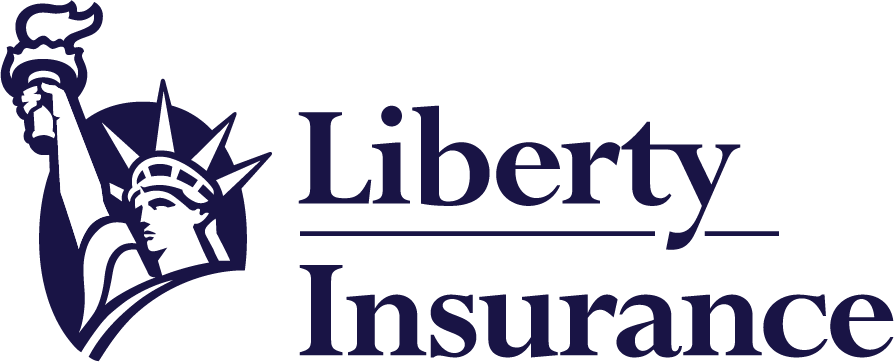Meta Description: Understanding wildfire insurance coverage in the US is crucial for homeowners. Learn about policy types, coverage limits, and steps to protect your property from devastating wildfires. Get informed and secure your future.
Wildfires are a devastating and increasingly prevalent threat across the United States, particularly in the western states. The sheer destructive power of these uncontrolled blazes can leave homeowners facing catastrophic losses, highlighting the critical need for comprehensive wildfire insurance coverage. However, navigating the complexities of wildfire insurance can be challenging, and understanding what your policy covers – and more importantly, what it doesn’t – is essential to protecting your financial future.
This article provides a comprehensive guide to wildfire insurance coverage in the US, addressing key aspects to help you make informed decisions and secure adequate protection for your property.
Understanding Wildfire Insurance Policies
Unlike standard homeowner’s insurance policies that often offer limited wildfire coverage, specific wildfire insurance policies or add-ons are frequently necessary to secure adequate protection. These policies generally address three key areas:
1. Property Damage Coverage
This is the most crucial aspect, covering the repair or replacement costs of your home and other structures on your property (such as garages, sheds, and fences) that are damaged or destroyed by wildfire. The coverage amount is usually determined by the home’s insured value, and it’s crucial to ensure this valuation is up-to-date and accurately reflects the current market value, including any recent renovations or additions. It’s important to note that this coverage may not include damage from things like looting or vandalism that often follows a wildfire; check your policy details closely.
2. Personal Belongings Coverage
Wildfires don’t just destroy homes; they often decimate personal belongings inside. This section of your policy covers the replacement cost of your furniture, clothing, electronics, and other possessions that are damaged or destroyed. Consider taking detailed photos or videos of your belongings for documentation purposes in the event of a claim. Remember to factor in the sentimental value of items when determining adequate coverage.
3. Additional Living Expenses Coverage
If your home becomes uninhabitable due to a wildfire, this coverage helps cover expenses incurred while you’re displaced. This can include temporary housing costs (hotel stays, rental properties), meals, and other essential living expenses. The duration of coverage can vary depending on your policy, so reviewing this aspect is crucial.
What Wildfire Insurance Policies Typically
Don’t
Cover
It’s just as crucial to understand the limitations of your wildfire insurance policy. Common exclusions include:
Factors Affecting Wildfire Insurance Premiums
Several factors determine the cost of wildfire insurance, making it crucial to shop around and compare quotes from multiple insurers.
Finding the Right Wildfire Insurance
Securing the right wildfire insurance requires careful planning and research.
Preparing for Wildfire Season
Insurance is a vital component of wildfire preparedness, but proactive measures can significantly reduce your risk and potential losses.
Conclusion
Wildfire insurance coverage in the US is a complex but critical aspect of protecting your home and assets. Understanding your policy’s coverage, exclusions, and the factors that influence your premiums is essential. By taking proactive steps to assess your risk, compare policies, and prepare for wildfire season, you can significantly reduce your vulnerability and safeguard your future.
Remember, this information is for general guidance only and doesn’t constitute financial or legal advice. Always consult with a qualified insurance professional to determine the most suitable wildfire insurance coverage for your specific circumstances.






















